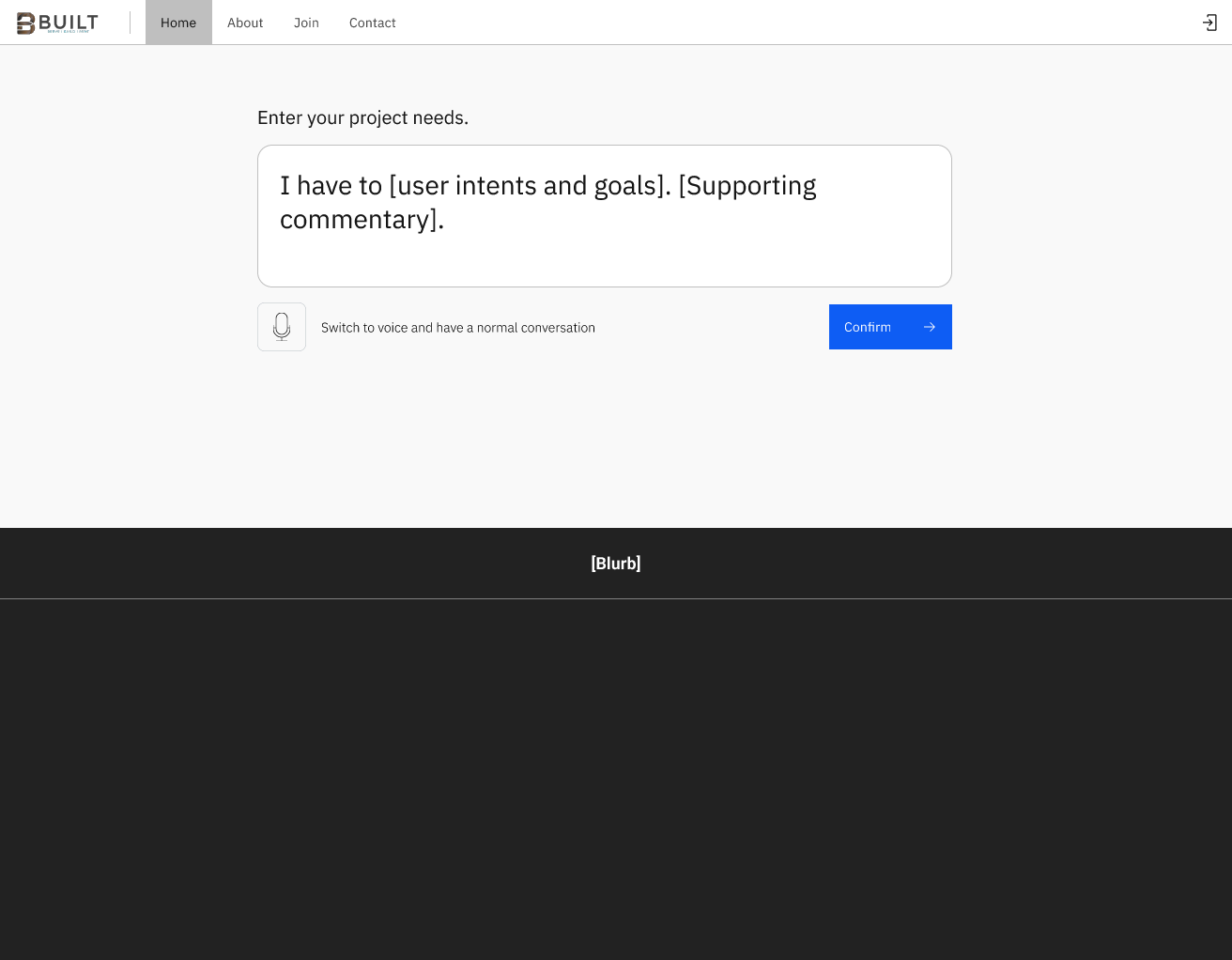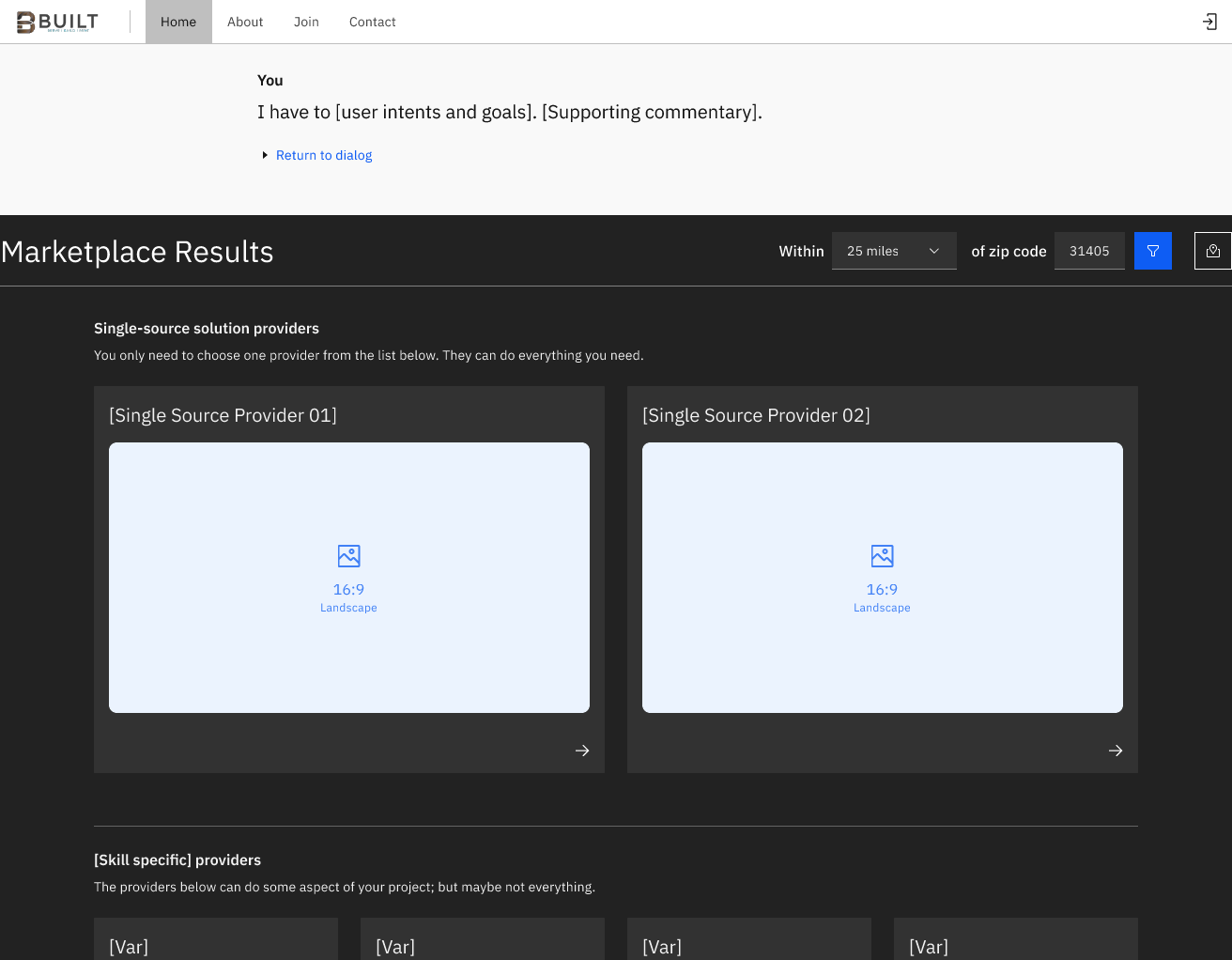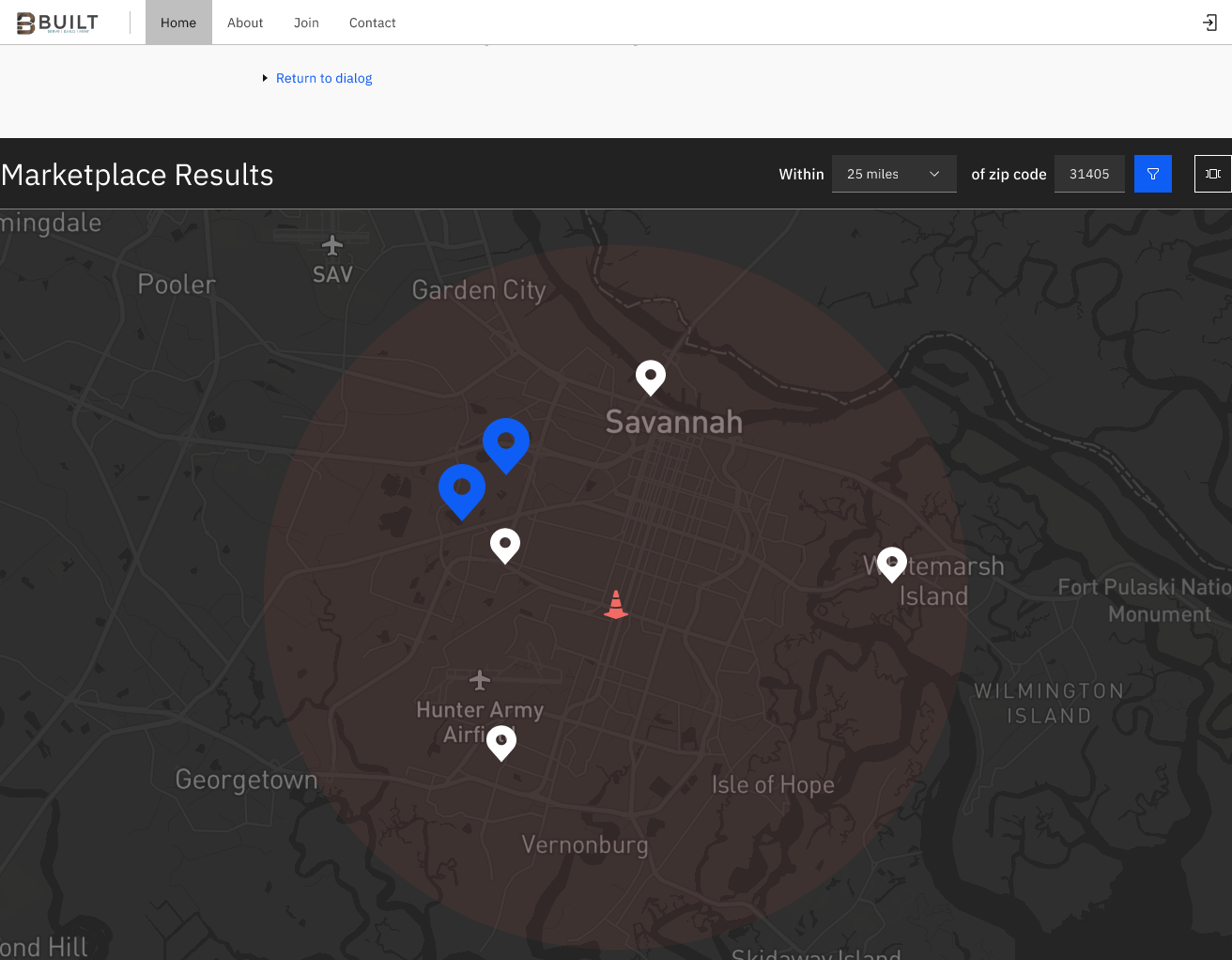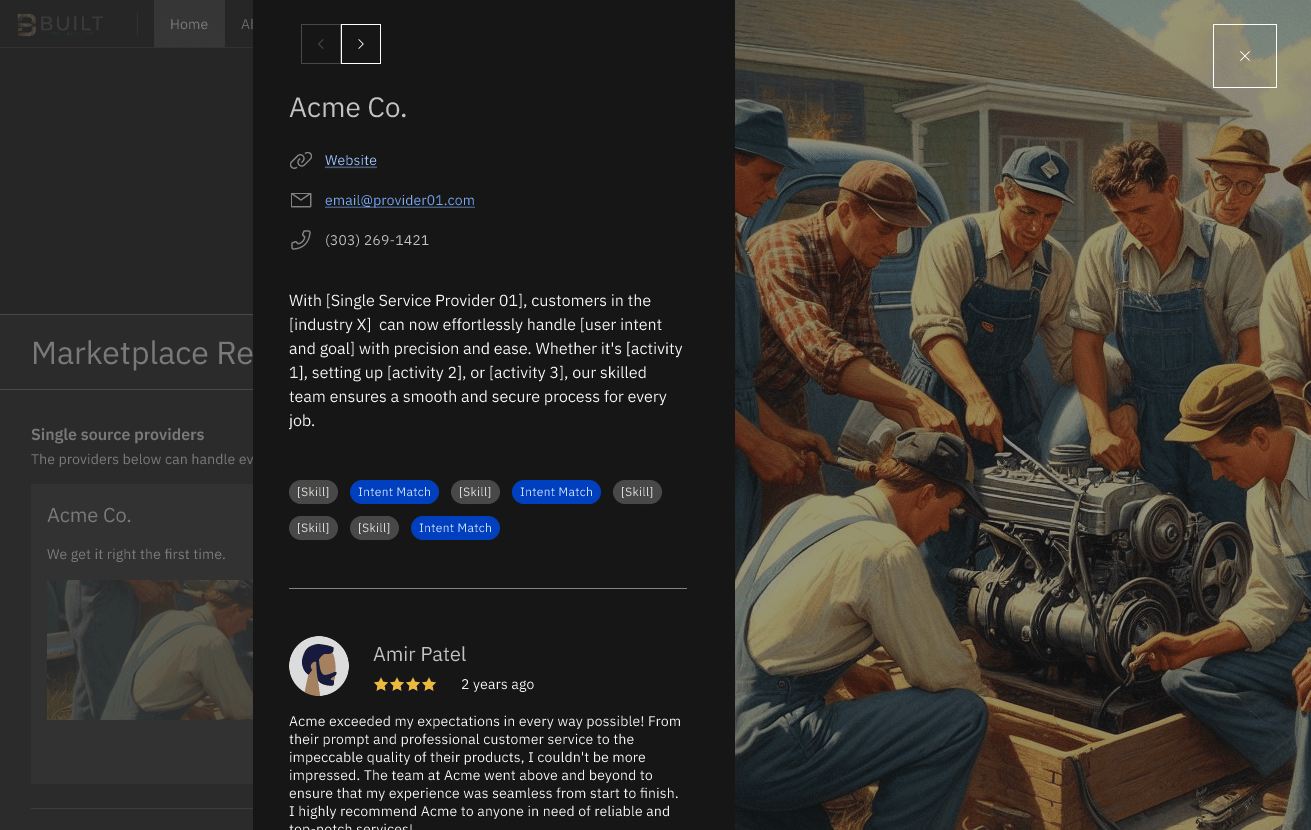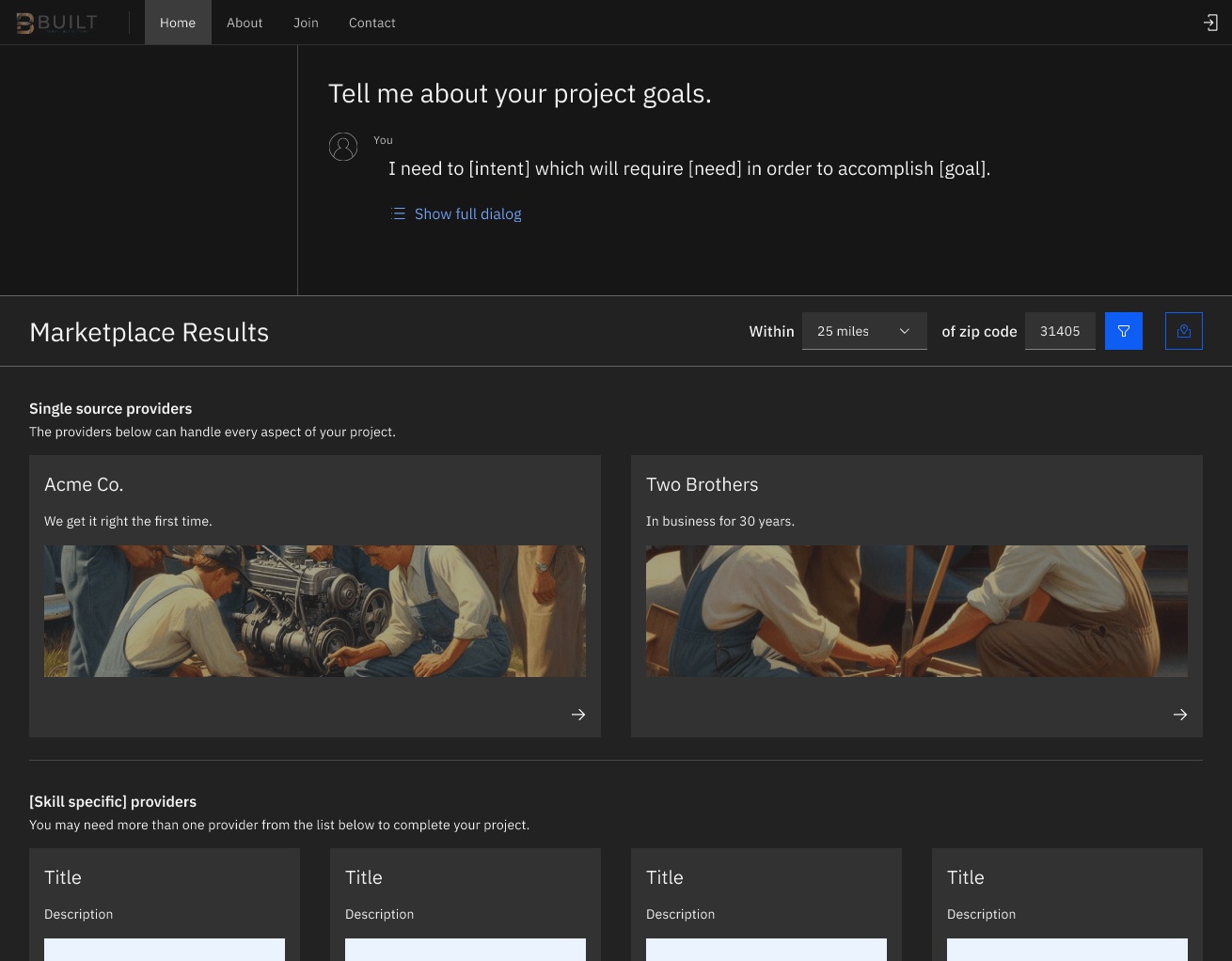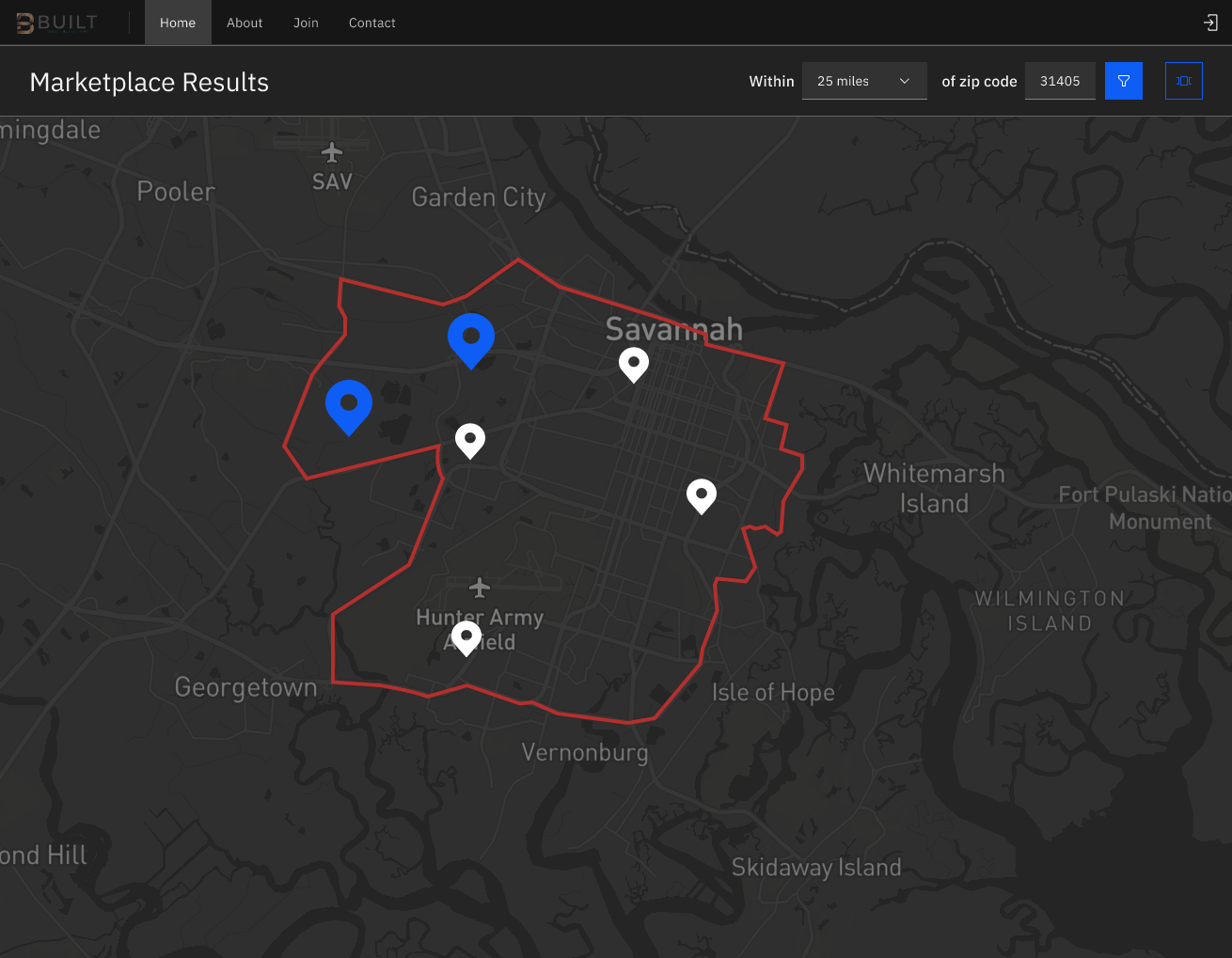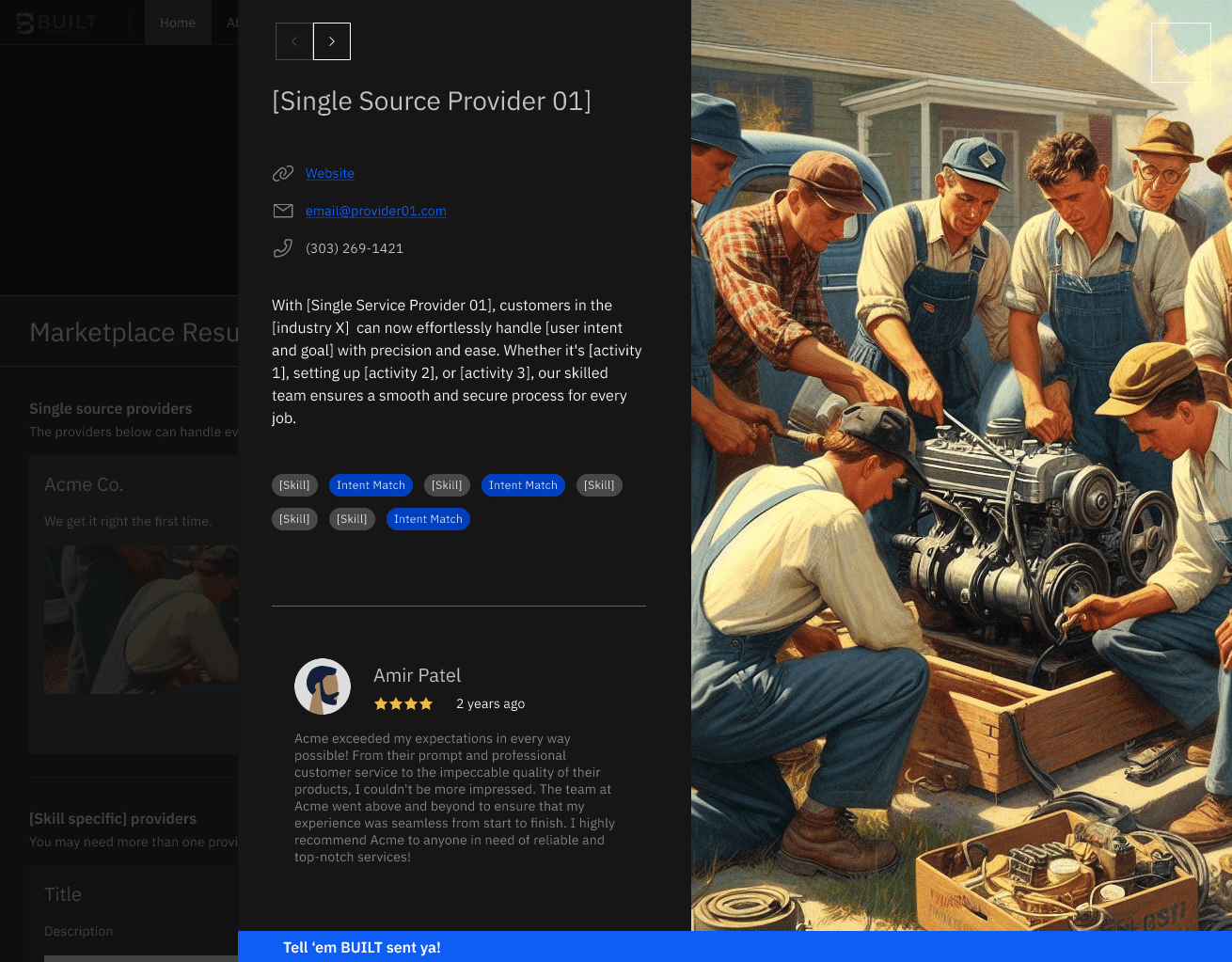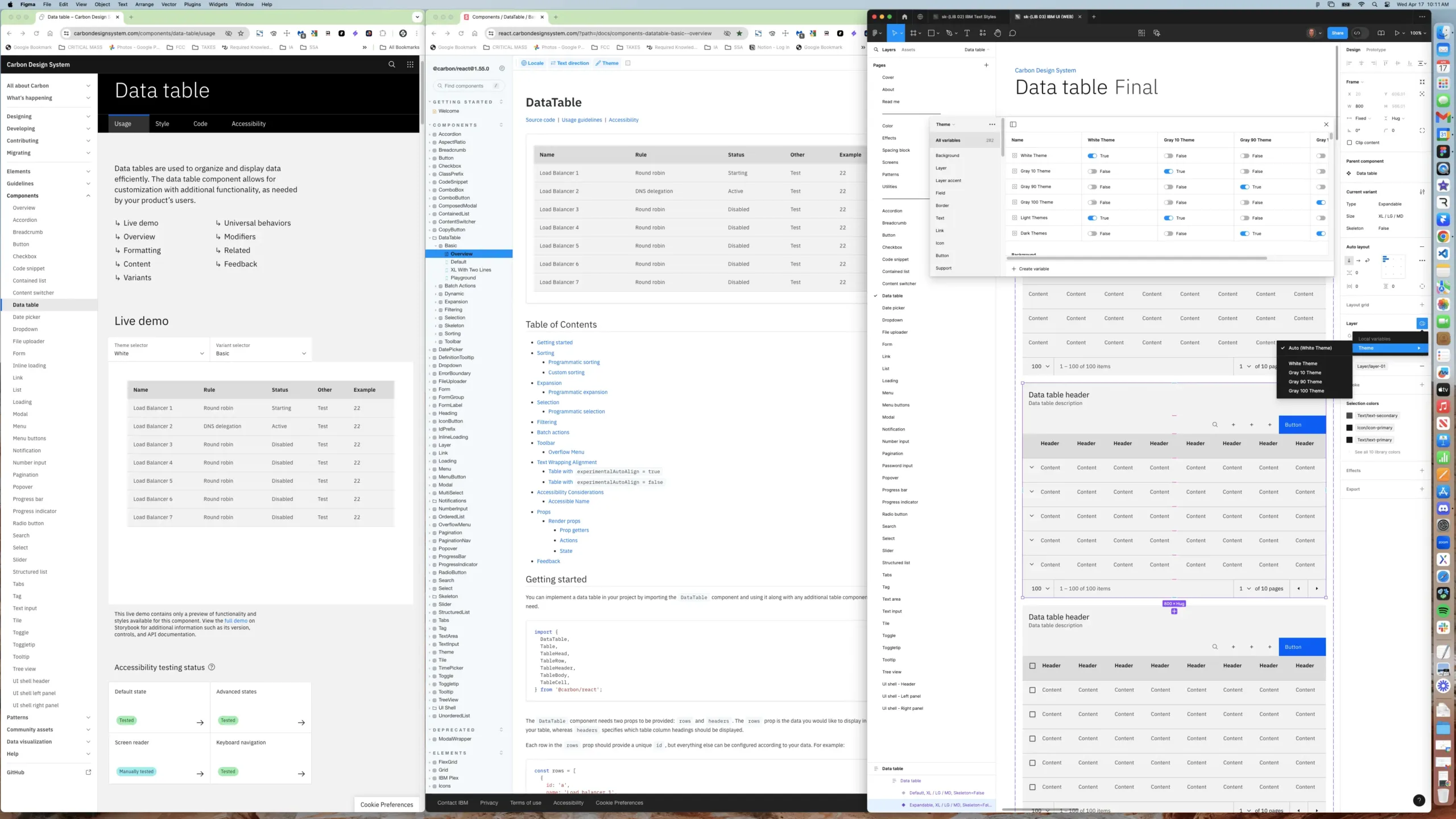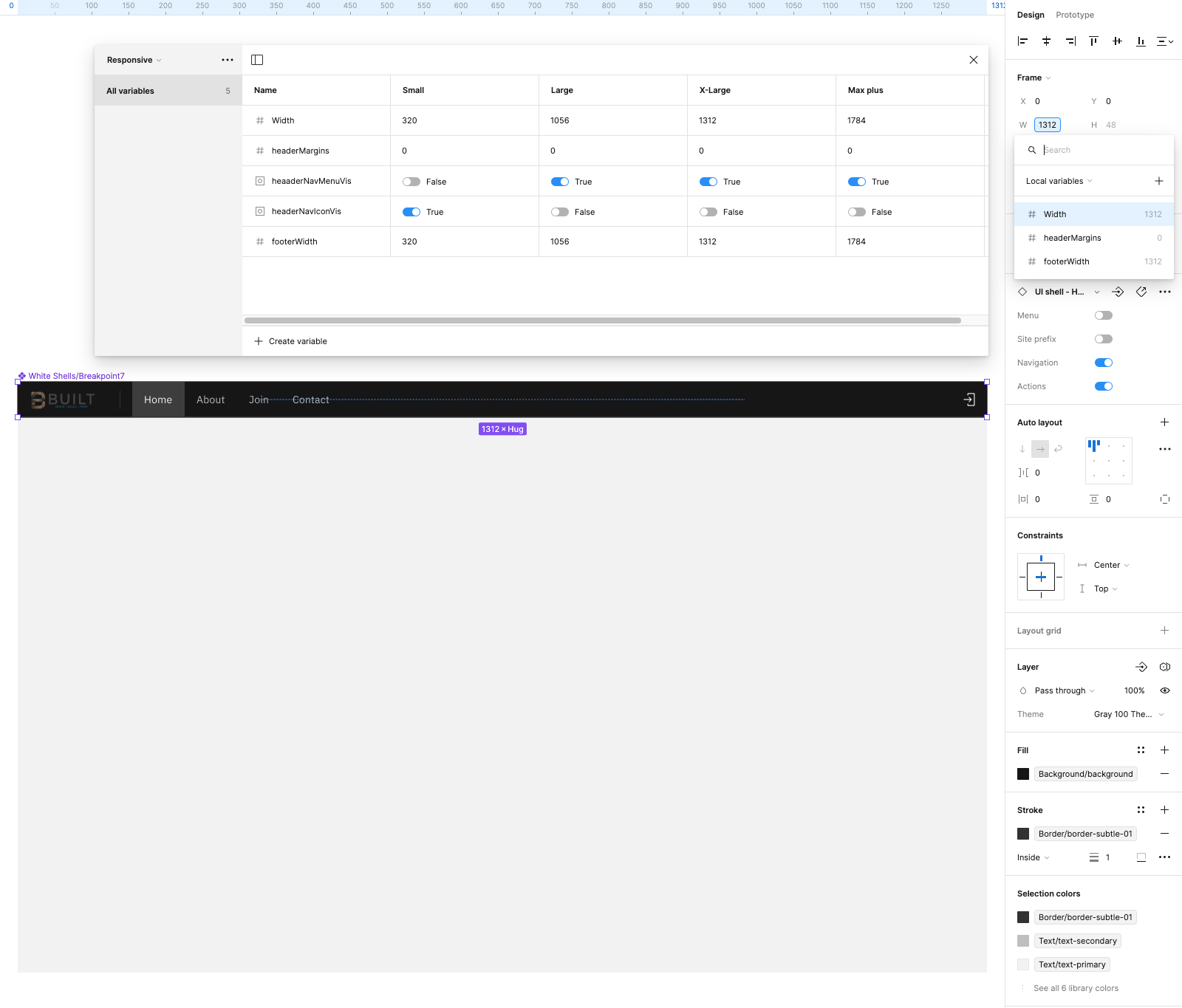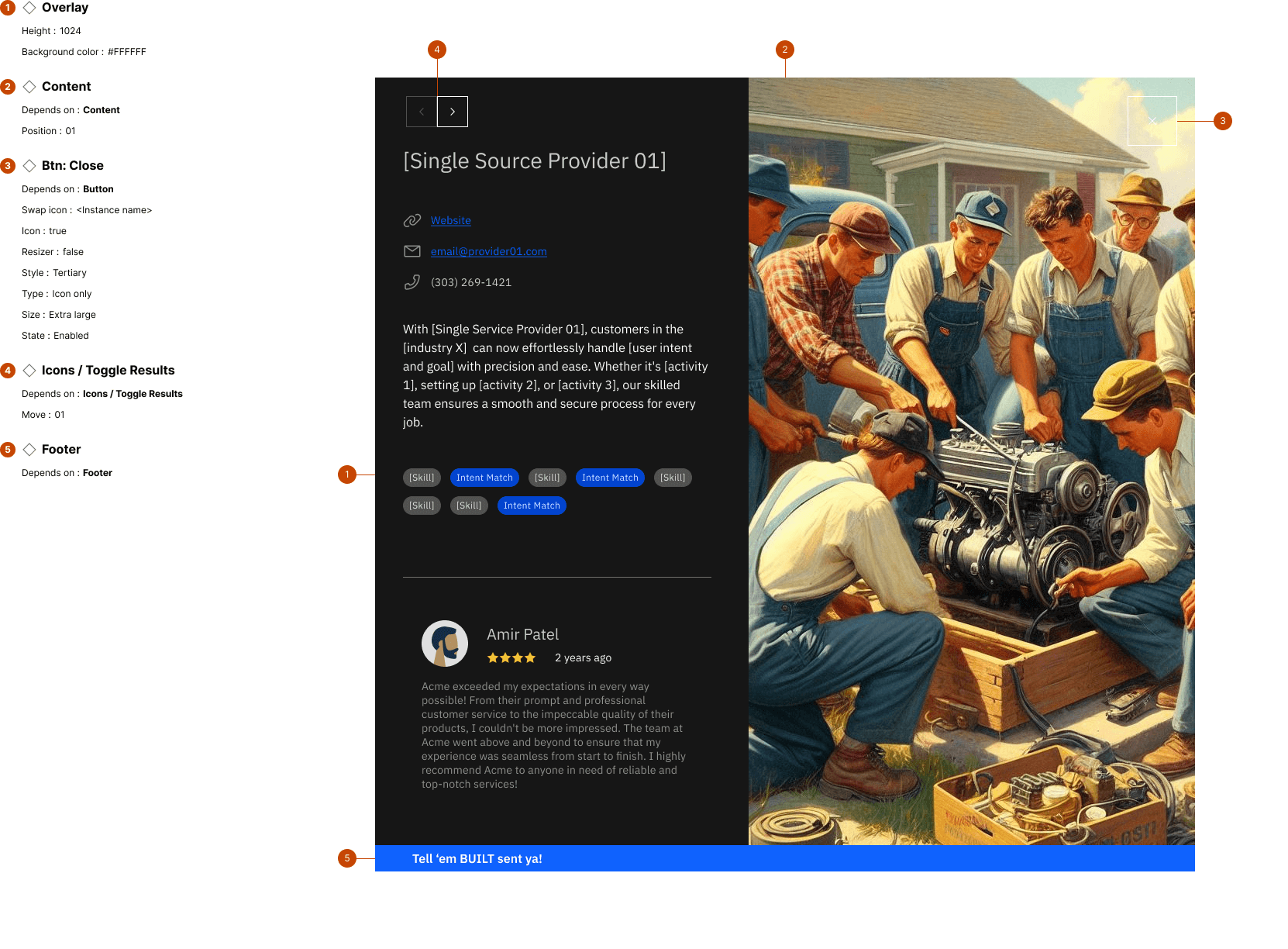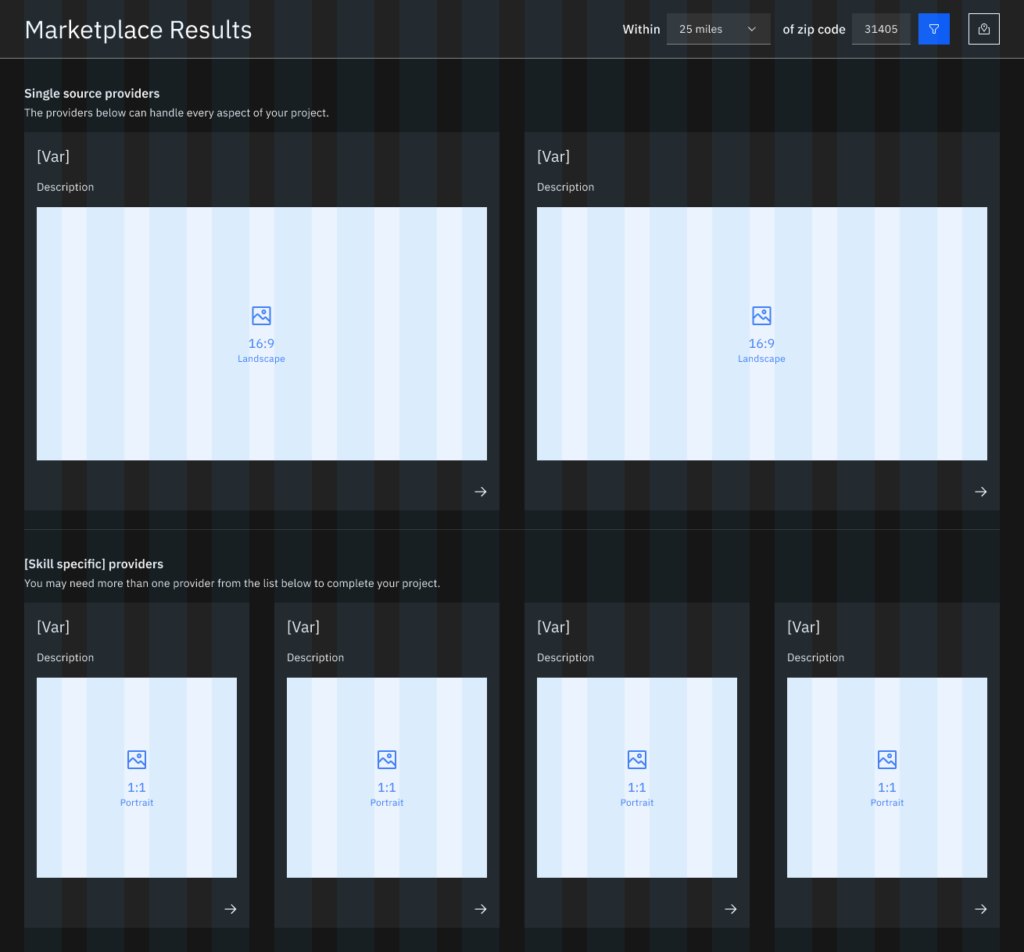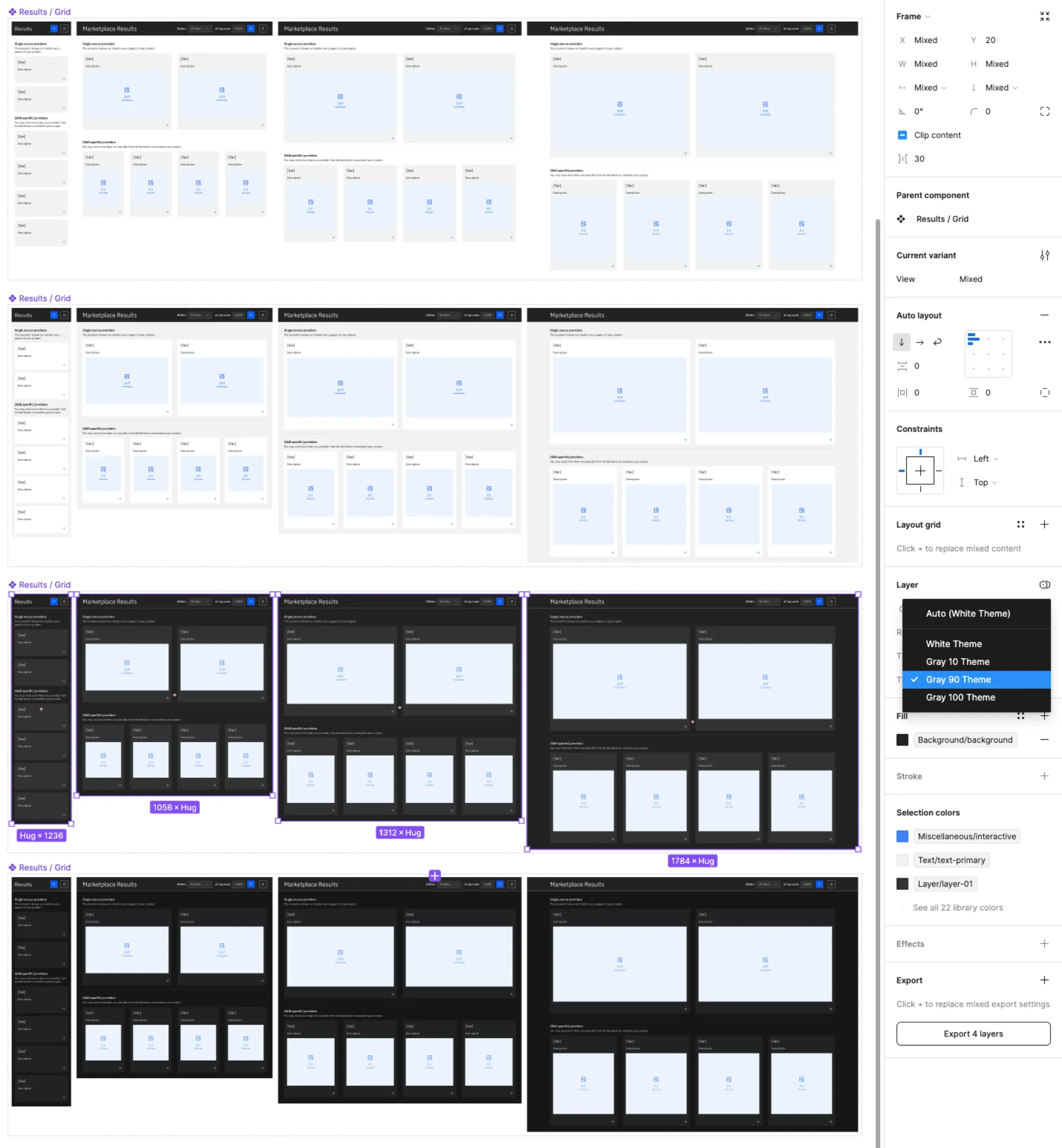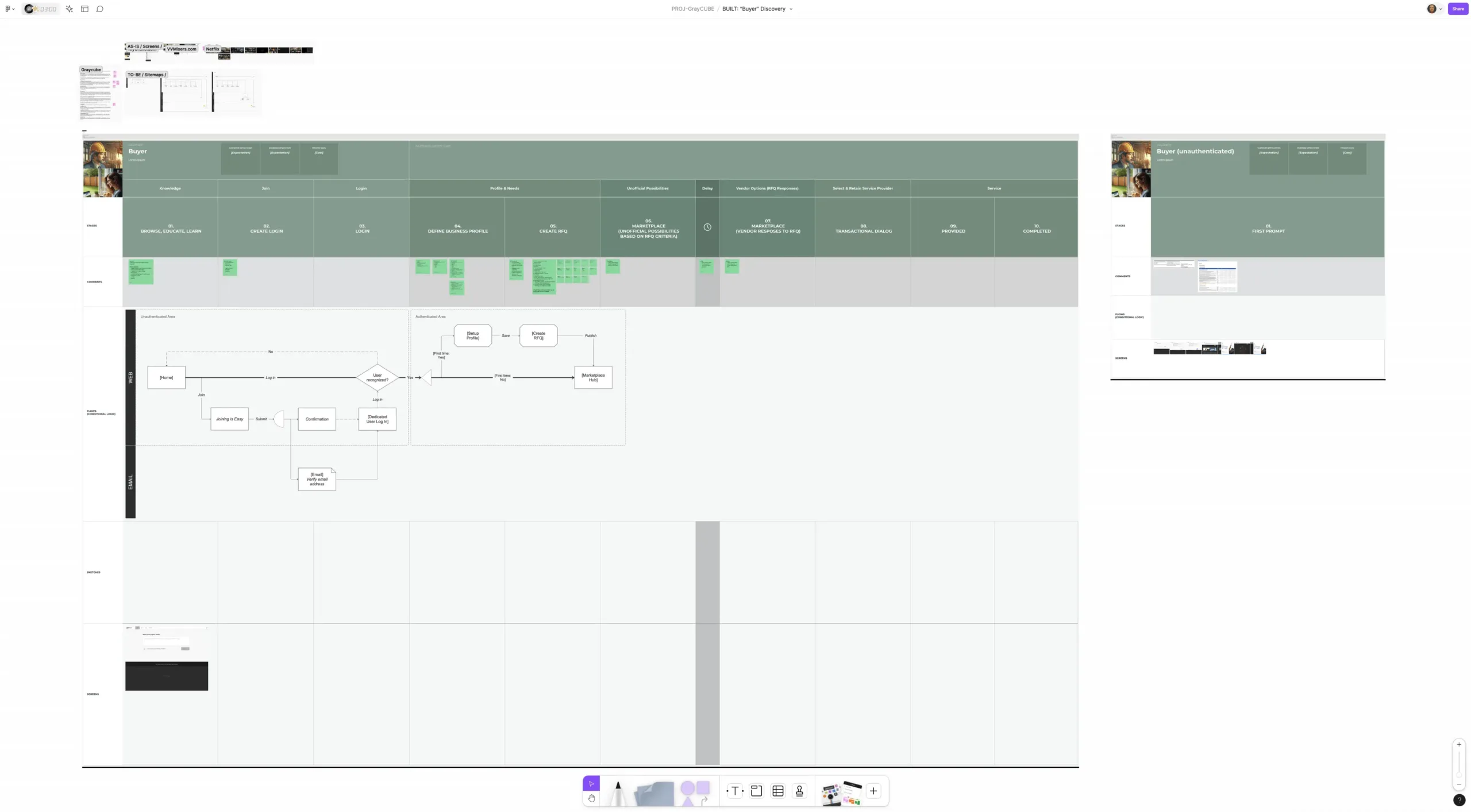
I began by diving into the provided design brief and PRD to structure the conceptual framework and user experience paradigm from the perspective of an anonymous (not logged in) Buyer. This entails translating the business hypotheses outlined in these documents into tangible user experience artifacts, such as flow diagrams, site maps, customer journey maps, archetype and persona definitions as well as defining loose criteria for the artificial intelligence layer. I undertook this task before conducting primary user research, as the scientific method permits informed speculation before experimentation.
Leveraging the collective knowledge of the team, we’ve initiated Iteration 0 relying on a broad range of assumptions and educated guesses. At the right time, these assumptions will be scrutinized through a rapid user research program, providing insights into user perceptions of the proposed experience and the underlying business strategy that drives it all.
“In business, abstraction can lead to detachment from the core principles that drive success.” – Richard Branson
First generation, proof-of-concepts are nothing more than educated guesses made by subject matter experts. And that’s ok. Experience design is more about practicing the scientific method than it is about producing fine art. If we want to call it “art” we must dismiss the cost and time it takes to produce it, the value it brings to other people and results the work generates.

